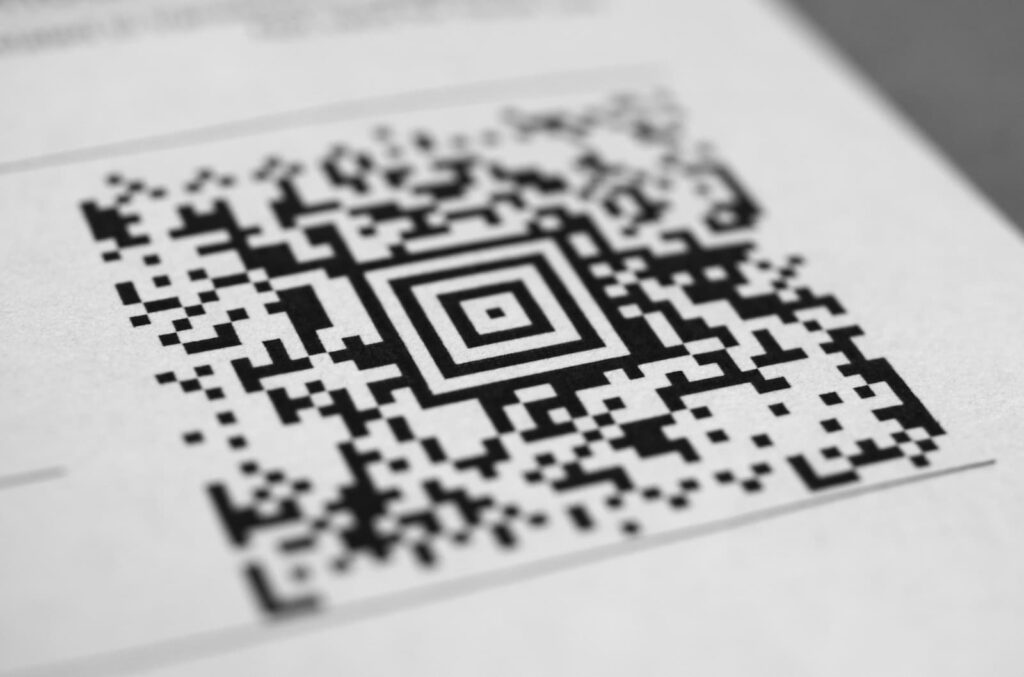
QR codes are used for a myriad of applications today: Accessing restaurant menus, placing online orders, sharing images, registering for events, and more.
QR code owners rely on them for marketing campaigns to drive website traffic, generate leads, and promote products or services.
So, what happens if your QR code is blurry?
A blurry QR code can prevent people from scanning it, sending businesses into a downward spiral: fewer clicks, lower sales, fewer bookings, and reduced subscriptions and engagements, to name a few.
In this post, you’ll learn the consequences of a blurry QR code and how to fix this problem. You’ll also learn how to create the sharpest QR codes with our QR code generator!
Table of Contents
- Blurry QR Code — What Does It Mean?
- Why Is It Bad to Have a Blurry QR Code?
- How to Avoid a Blurry QR Code?
- FAQs
- Wrap-Up
Blurry QR Code — What Does It Mean?
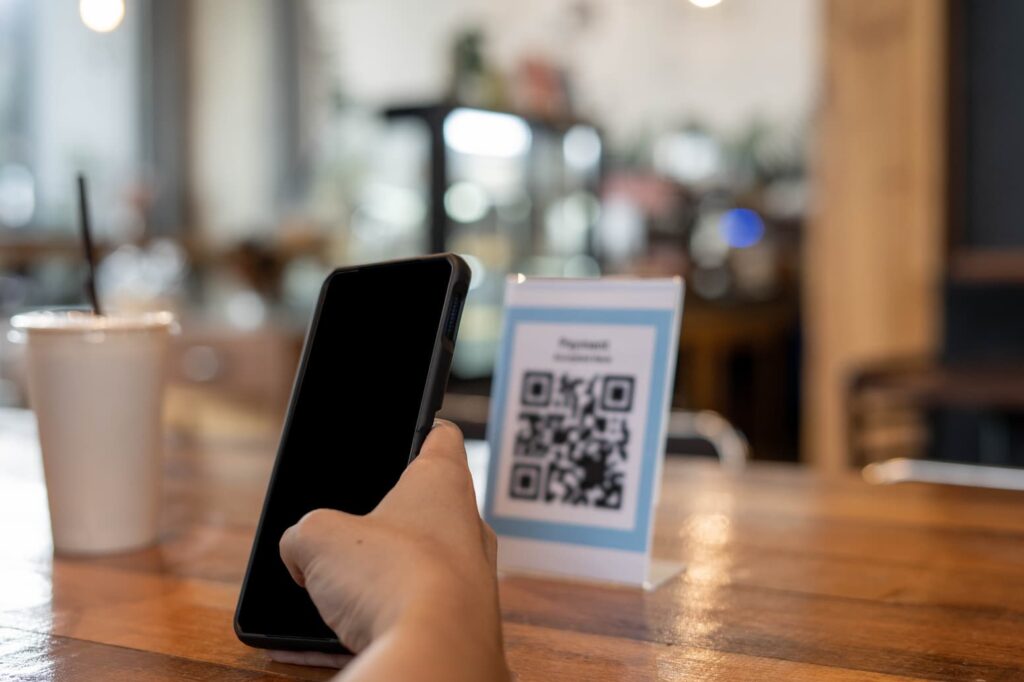
Blurry QR codes happen when QR code images are not sharp enough for any QR code scanner app to scan them. This issue can affect static QR codes and dynamic QR codes, and it gets worse if you choose the wrong QR code placement.
People get frustrated when trying to scan QR codes that are blurry or hazy. The inaccessible QR code data prevents businesses from growing traffic, generating leads, increasing sales, and much more.
Blurry QR codes defeat the purpose of QR code strategies overall and are one of the most common sources of QR code scanning problems. Whether a static QR code or a dynamic version, blurriness has the same effect.
Why Is It Bad to Have a Blurry QR Code?
A blurry QR code can pose several problems, hindering its effective use. Here are some common issues associated with blurry QR codes:
Difficulty in scanning
Blurriness reduces the clarity of the QR code, making it challenging for scanning devices —such as smartphones or QR code readers— to accurately interpret the code. This may result in failed or delayed scans.
Error correction
QR codes typically incorporate error correction techniques to ensure successful scanning even if the code is damaged or partially obscured. However, excessive blurriness can surpass the error correction capabilities, leading to incorrect or failed scans.
Misinterpretation of data
Blurriness can cause the edges of the QR code modules —the black and white squares— to merge, making it difficult for QR code scanners to distinguish between individual modules. This can lead to misinterpretation of the encoded data.
Decreased range
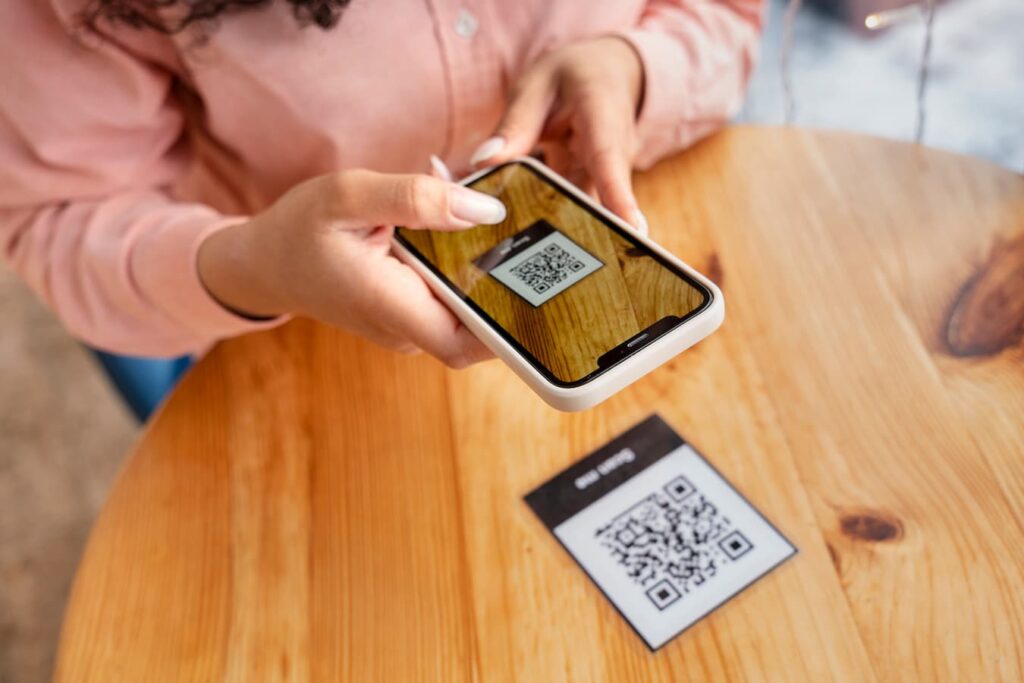
Blurry QR codes may have a reduced effective scanning range. The scanning device might need to be positioned closer to the code to obtain a clear image, limiting the usability of the QR code in certain scenarios.
User frustration
Users scanning QR codes with this issue may experience frustration, especially if repeated attempts are required. This can lead to a negative user experience and a potential reluctance to engage with QR codes in the future.
Security concerns
In some cases, blurriness might be intentional as a form of obfuscation or alteration to the QR code. This can raise security concerns, as the encoded information may be modified or manipulated, leading to potential misuse or exploitation.
To address these issues, it is crucial to ensure that QR codes are generated and displayed with sufficient clarity.
This includes using high-quality images, appropriate printing techniques, and ensuring that the QR code is not damaged or distorted during the printing or display process. Additionally, users should be educated on how to properly scan QR codes to minimize scanning issues.
How to Avoid a Blurry QR Code?
Creating sharp, effective QR codes is fortunately not an issue. To avoid a blurry QR code and ensure optimal scanning performance, consider the following tips:
Use high-quality images
Ensure that the QR code image is generated with a high resolution. Use vector formats such as SVG for digital applications to maintain sharpness; use high-resolution bitmap formats such as PNG for print materials.

Select the right size
Choose an appropriate size for the QR code based on its intended use. Avoid scaling the QR code to extreme sizes, as this can lead to pixelation or blurriness.
Provide sufficient contrast
Ensure a high contrast between the QR code and its background. Use dark modules on a light background or vice versa to enhance visibility.
Avoid distortion
Avoid stretching or distorting the QR code. Maintain the square shape of the code to prevent blurriness caused by uneven scaling.
Use a sharp printing technique
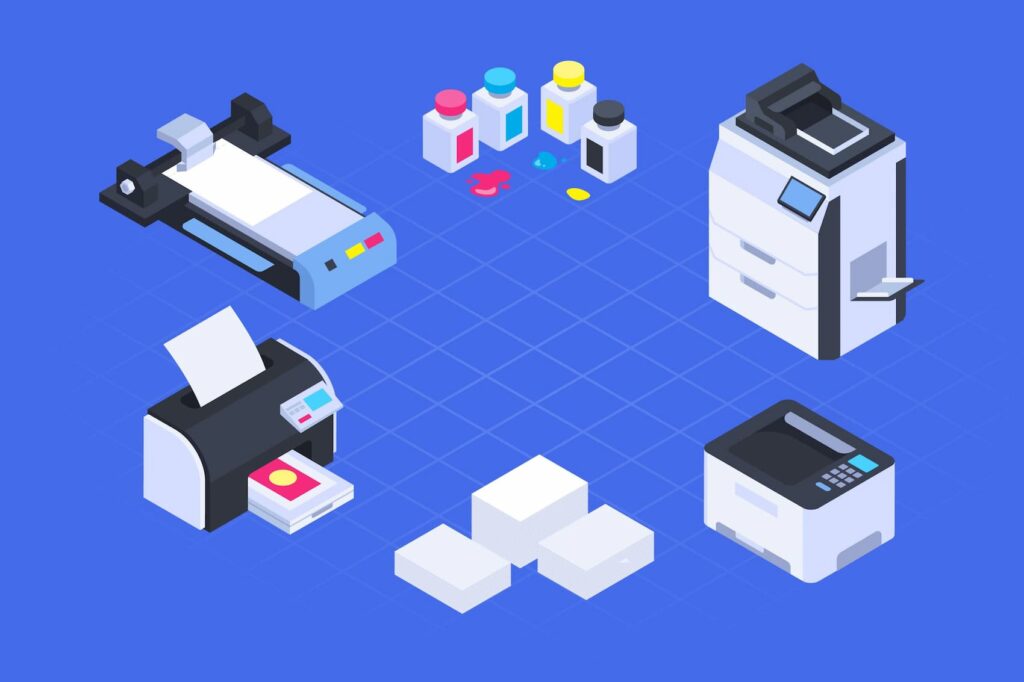
When printing QR codes, use high-quality printers or methods to maintain clarity. Avoid low-resolution or blurry printing techniques that can degrade the image.
Protect against physical damage
Protect physical QR codes from scratches, smudges, or other physical damage that could result in blurriness. Use durable materials and consider protective coatings.
Choose the right background
Make sure the QR code is placed on a background that doesn’t interfere with its readability. Avoid busy or patterned backgrounds that can make it difficult for scanning devices to interpret the code.
Test scanning in various environments
Test the QR code in different lighting conditions and with various scanning devices to ensure it remains legible in a variety of environments.
Implement error correction
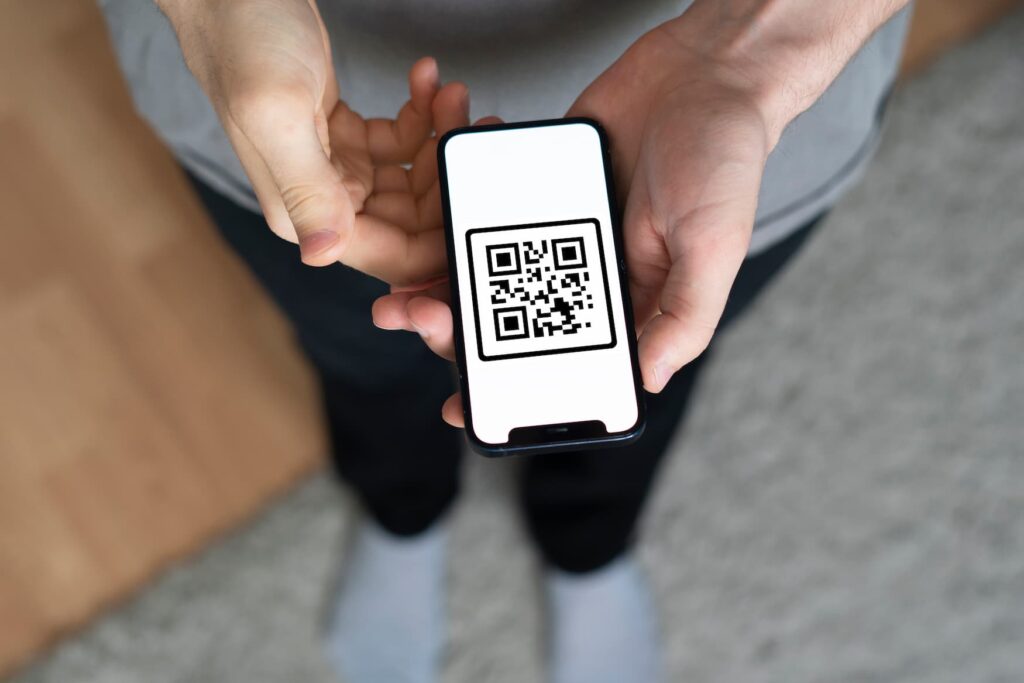
Enable error correction when generating QR codes. This helps the code remain scannable even if it’s slightly distorted or damaged.
Educate users
Provide instructions to users on how to properly scan QR codes. Encourage them to hold their devices steady, ensure good lighting, and position the camera correctly for optimal scanning.
Choose QR.io!
Whether for a static or dynamic QR code, QR.io is the best tool for printing really top-quality QR code images.
FAQs
Why is my QR code blurry?
Several aspects play a big role in affecting the sharpness of your QR code:
- Your image is low-quality in terms of resolution
- Your image is fine on the screen but print quality is low
- Your QR code is damaged or worn
- Your QR code is compressed and saved in low quality
- Incorrect size and image format
Can a blurry QR code still work?
Blurry QR codes are most likely to be unscannable. So, no. A blurry QR code won’t work!
Wrap-Up
Ensuring the clarity and readability of a QR code is essential for a seamless scanning experience. By addressing factors such as image capture quality, print quality, environmental conditions, and potential interference, users can significantly improve their chances of successfully scanning a QR code.
Whether you’re creating or using QR codes, paying attention to details like distance, lighting, and code integrity can make a substantial difference.
